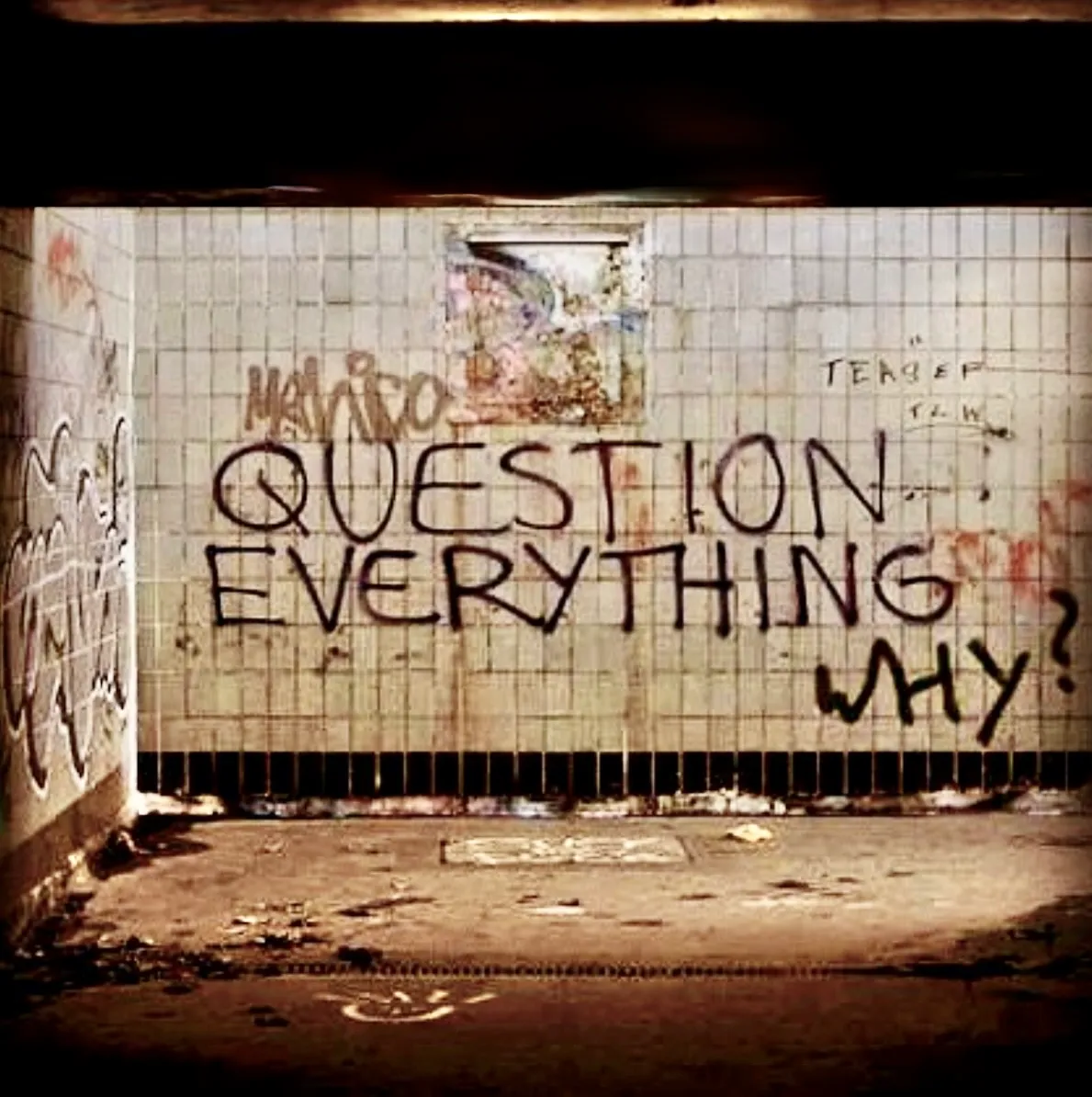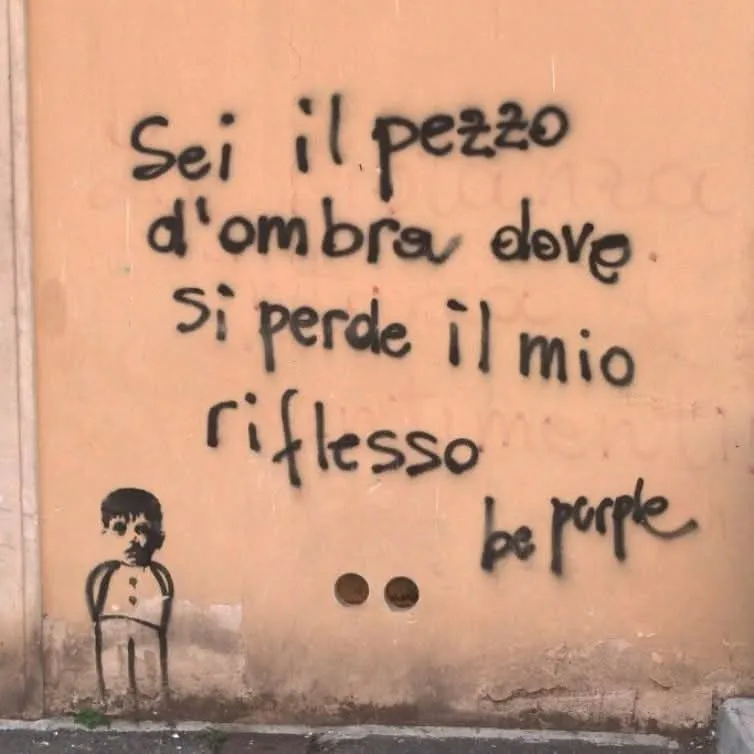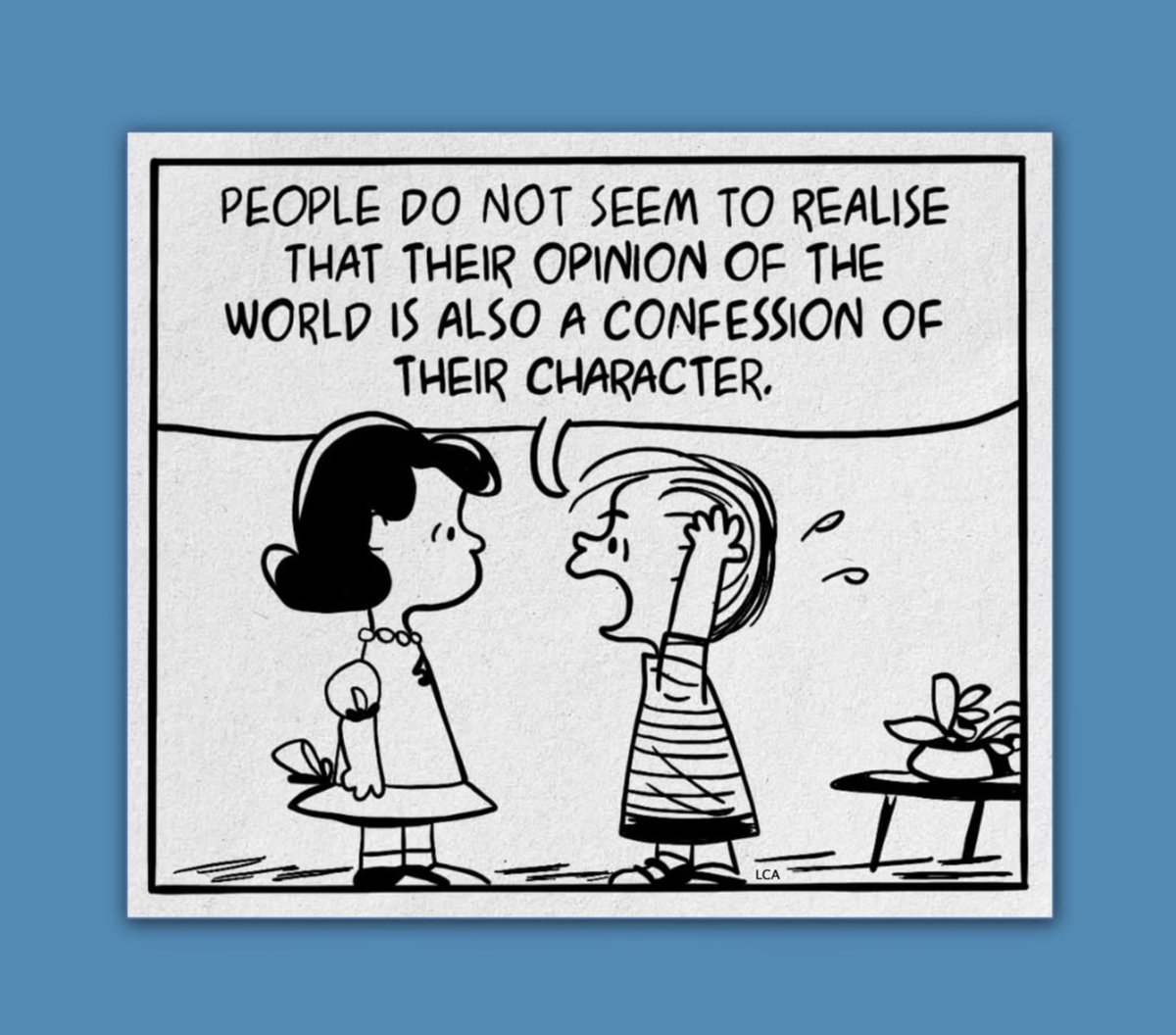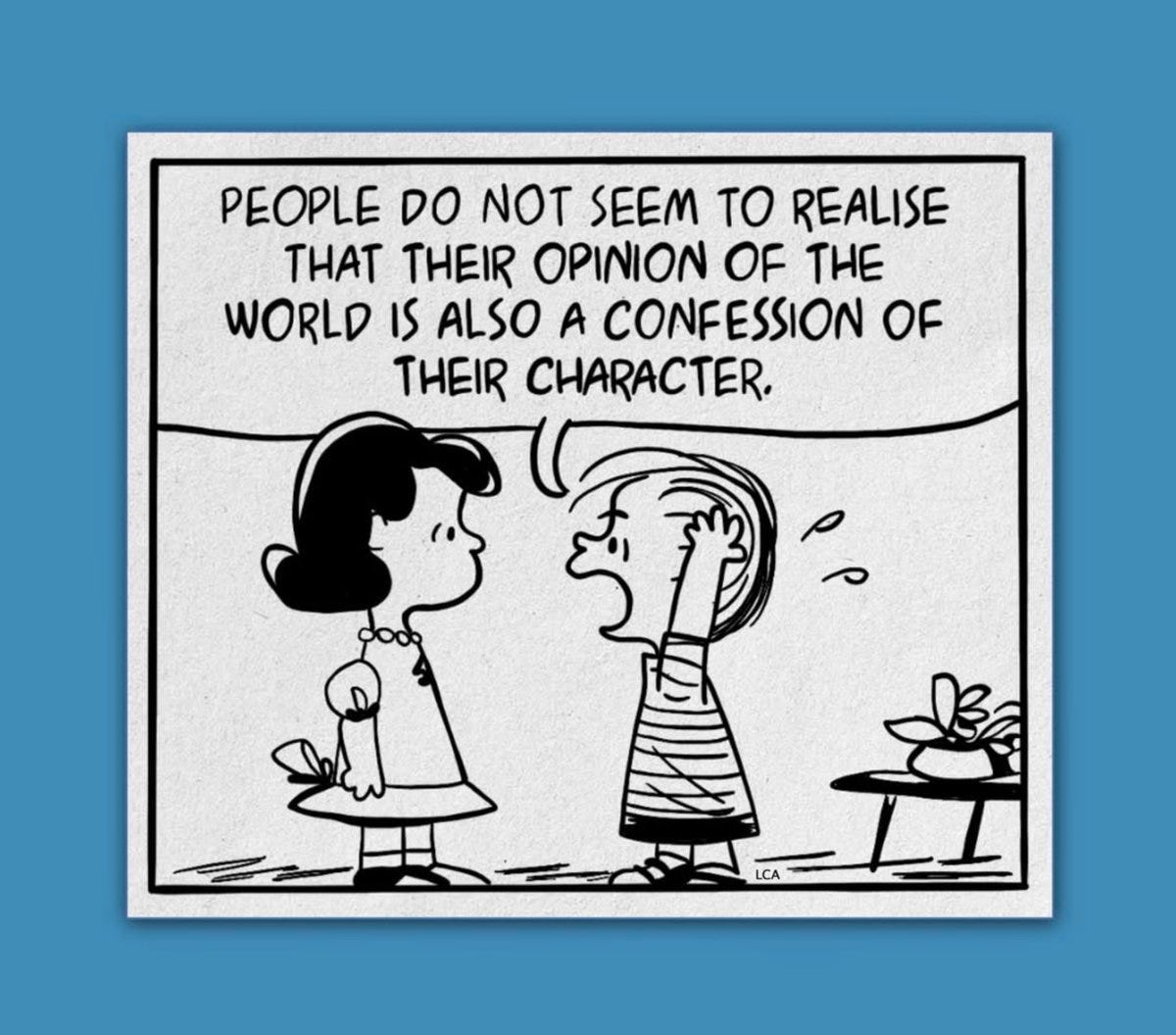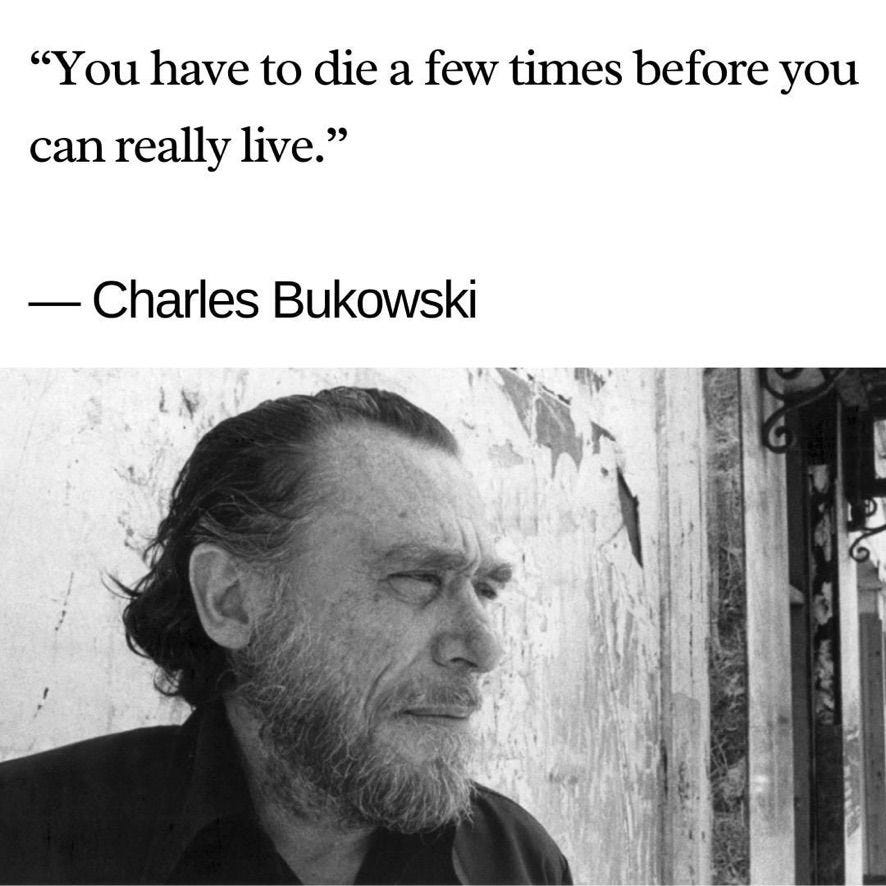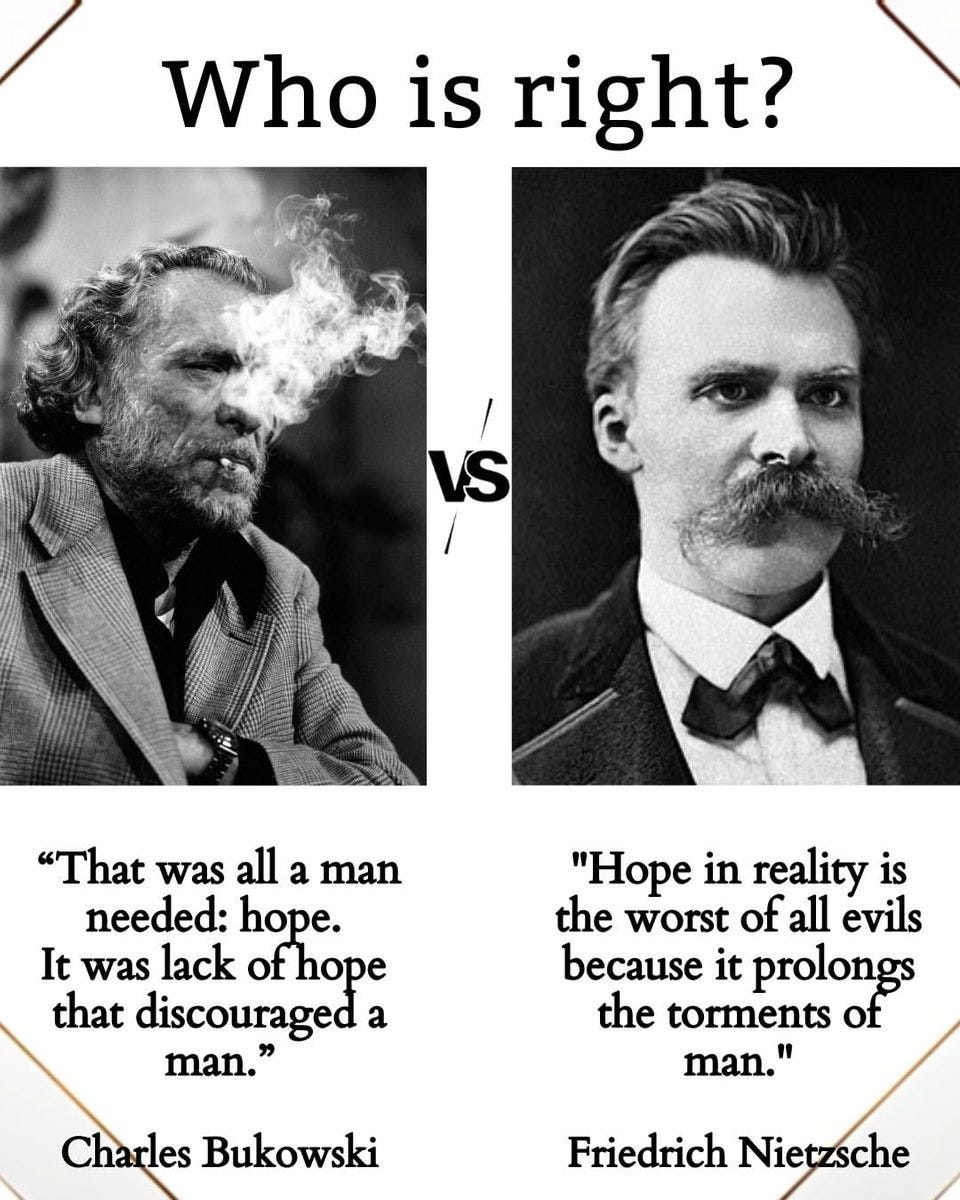4 min read
What Are We Looking At?
This diagram comes from Jacques Lacan’s psychoanalytic theory, commonly referred to as the “graph of desire.” Now, if you’ve ever tried to read Lacan’s work, you’ll know he’s notoriously difficult to understand. Honestly, I sometimes wonder: Why did you write in such a way that makes comprehension feel like solving a Rubik’s Cube blindfolded?
My aim here, however, is to take something incredibly fascinating and complex and make it accessible to everyone.
While this graph might resemble the wiring diagram of a spaceship, it’s actually a visualisation of how desire, language, and subjectivity function in human experience. Sounds intriguing, right? Let me break it down for you and to make it even more intriguing, I’ll associate a song with each aspect of desire
The Basics:
1. S(Ⱥ) — The Barred Other
S(Ⱥ): This is the “barred Other” — it represents the idea that the ultimate “Other” (society, authority, the symbolic order) can never fully give us what we desire. It’s like asking life for meaning, and life just shrugs and says, “Good luck with that.”
Song: “(I Still Haven’t Found What I’m Looking For)” — U2
Why? This song captures the eternal search for something more — spiritual, emotional, or existential — that we can never quite reach.
2. Jouissance
Jouissance: This French word means something like “intense pleasure” or even “ecstasy.” But Lacan, being Lacan, also ties it to suffering. Basically, when you go after ultimate satisfaction, you hit limits, and it’s frustrating. Think of eating your favourite chocolate cake — you love it until you’ve had too much and feel a bit sick. The bittersweet pursuit of intense pleasure, where enjoyment is always mixed with a little bit of suffering.
Song: “Comfortably Numb” — Pink Floyd
Why? It’s about the paradoxical state of feeling pleasure and pain simultaneously — numbing yourself to enjoy but losing something in the process.
3. Castration:
Don’t panic — it’s not as grim as it sounds. This simply refers to the idea that we all have to sacrifice a certain level of enjoyment to function within the symbolic world of language, culture, and society. It’s like that classic truth: you can’t always get what you want, because, well, life has rules.
Song: “Boulevard of Broken Dreams” — Green Day
Why? This song reflects the sense of loss and limitation we feel as we navigate a world where we can’t have it all.
4. Signifiers
These are the bits of language and symbols we use to make sense of the world. They structure how we think and express ourselves, but they’re never quite enough to capture the full picture of who we are or what we desire. It’s like trying to describe a dream — you can never fully explain it.
Song: “Words” — Bee Gees
Why? This song reflects the frustration of language not being enough to express the depths of love or longing: “It’s only words, and words are all I have.”
5. Voix (The Voice)
The emotional power of the voice, which communicates more than words ever can — desire, longing, and vulnerability.
Lacan thought the voice was a big part of how we experience desire. It’s not just about what we say, but how we say it — like when someone’s tone can convey longing, frustration, or excitement even if their words don’t.
Song: “Someone Like You” — Adele
Why? Adele’s voice itself is an embodiment of raw emotion, conveying heartbreak and yearning far beyond the actual lyrics.
6. Desire
The circular, never-ending nature of desire — it’s not about fulfilling it but about the chase and the impossibility of complete satisfaction.
Song: “Satisfaction” — The Rolling Stones
Why? It’s literally about the impossibility of satisfaction, no matter how much you try. The quintessential anthem for Lacanian desire.
Why It’s Useful (Kind of)
This graph might look confusing, but it’s Lacan’s way of explaining that human desire is complicated. It’s never straightforward — our wants are tied up in language, relationships, and unconscious processes. It’s why getting what you think you want doesn’t always make you happy, and why some dreams feel so out of reach.
Ultimately, I believe desire is not something to suppress but to transform. It is an energy that, when understood, can guide us toward growth, love, and fulfillment. The key lies in shifting our relationship with desire — moving from unconscious craving to conscious engagement. Instead of being enslaved by our impulses, we can pause, reflect, and channel that energy into joy, inner peace, and meaningful action.
When a craving arises, instead of immediately reacting, we can pause and ask ourselves a few key questions: “What is it that I really want? Will acting on this desire bring me lasting happiness or fleeting satisfaction? Is this something I need, or is it simply a habit or distraction?” This simple practice of inquiry allows us to step back, observe the desire for what it truly is, and respond with awareness rather than automaticity.
I particularly enjoy listening to music as a way to explore the complexity of desire. Art, and music especially, has a unique ability to reflect the nuances of our unconscious desires. By engaging with the emotions, stories, and perspectives in songs, we often uncover deeper truths about ourselves. In listening to others, we learn about our own longings, struggles, and joys. Music becomes not just entertainment but a mirror, helping us to understand and relate to our own inner world.
So, what songs would you add to the list? What pieces of music resonate with your own experiences of desire, love, frustration, or growth? Let’s build a soundtrack to explore and celebrate the richness of human longing together— and perhaps, in doing so, our desires will become less automatic and more intentional.







